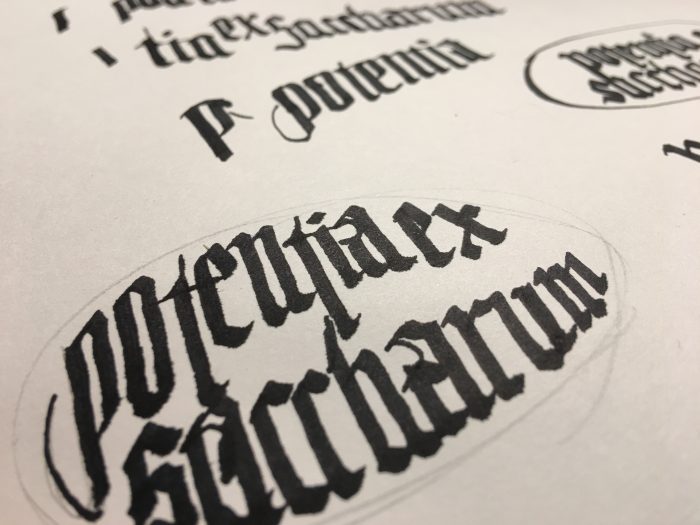It’s an odd project- developing an iconographic language for science. Science already has its languages; maths, taxonomies, chemistry, geometries, and so on. The issue is that these languages have proven to be inaccessible to the masses in the US. They’re perceived with something between disdain and apprehension (meaning hesitation, anxiety- not understanding) by the lay people, because they are not understood.
This isn’t the first time that humanity has faced ideas that the masses didn’t comprehend. Religion. Religion doesn’t make sense. It’s not fact based, and doesn’t follow reason. W. T. F. So those who were ‘in’ on the mysteries developed accessible iconographies to communicate the ideas to the lay audience. And it worked. Religions all over the world use imagery, even in the absence of text, to communicate ideas, stories, values, and virtues.
What then of scientific illustration? There are some amazing scientific illustrators that document reality in pen and ink, or paints, just like the iconographers of yore. And also, like the iconographers of yore, they set aside their ego to be painstakingly faithful to their subject, be it the barbs on a feather or as with the Orthodox Christian iconographer, the formulaic shading of the palm in gesture of benediction.
Why don’t the gorgeous illustrations of nature move us the way the abstracted and impersonal icons move the religious? To some extent it’s a matter of the psychology of faith, but also, the scientific illustrations are meant to be unemotive records of observations, whereas religious iconography was engineered to inspire. By being flat emotionally, a work of scientific illustration has, in this regard, succeeded.
So what to do with that… Science seems to have hobbled its ability to inspire by being both inaccessible and flat. How can science effectively communicate its power, its elegance, its universality, and its value?
One answer to this is, as it was with religion, through accessible narrative and art that is inspiringly reverent.
There is no shortage of narratives in the radiation of life on Earth. And to start, I am going to draw on my experiences working with Eastern Orthodox iconographers (I did lettering, linework, and architectural ornament for them) and begin developing a language of form to communicate these narratives. Right out of the gate, I will pull right from the palettes and styles, expecting the language of form to evolve.
The first ideas that I am working with are centered on mitochondria, which were central for the ability of cellular life to sustain metabolic processes. Mitochondria have nodules of iron and sulfur, and so the red-orange-yellow colors suit them well, and an aqueous background makes sense, too, in blue. The unfortunate rendering here in my first sketch looks a good bit like the superman logo. Fortunately, the mitochondrion’s inner layers are grossly simplified here, so I have less superman-like options.
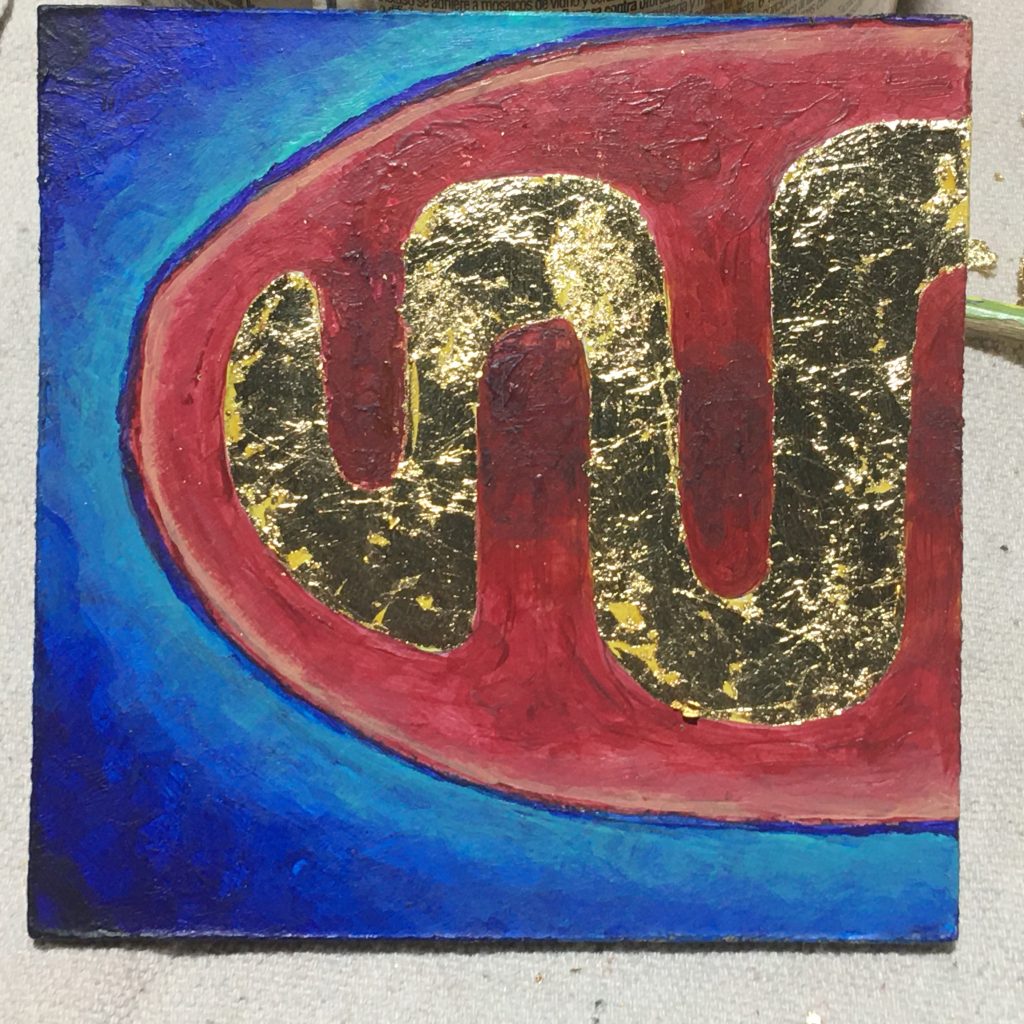
After a good bit of poking around the web and looking at SEM and TEM imagery of mitochondria, I tried a couple different systematic abstractions in pencil, here.
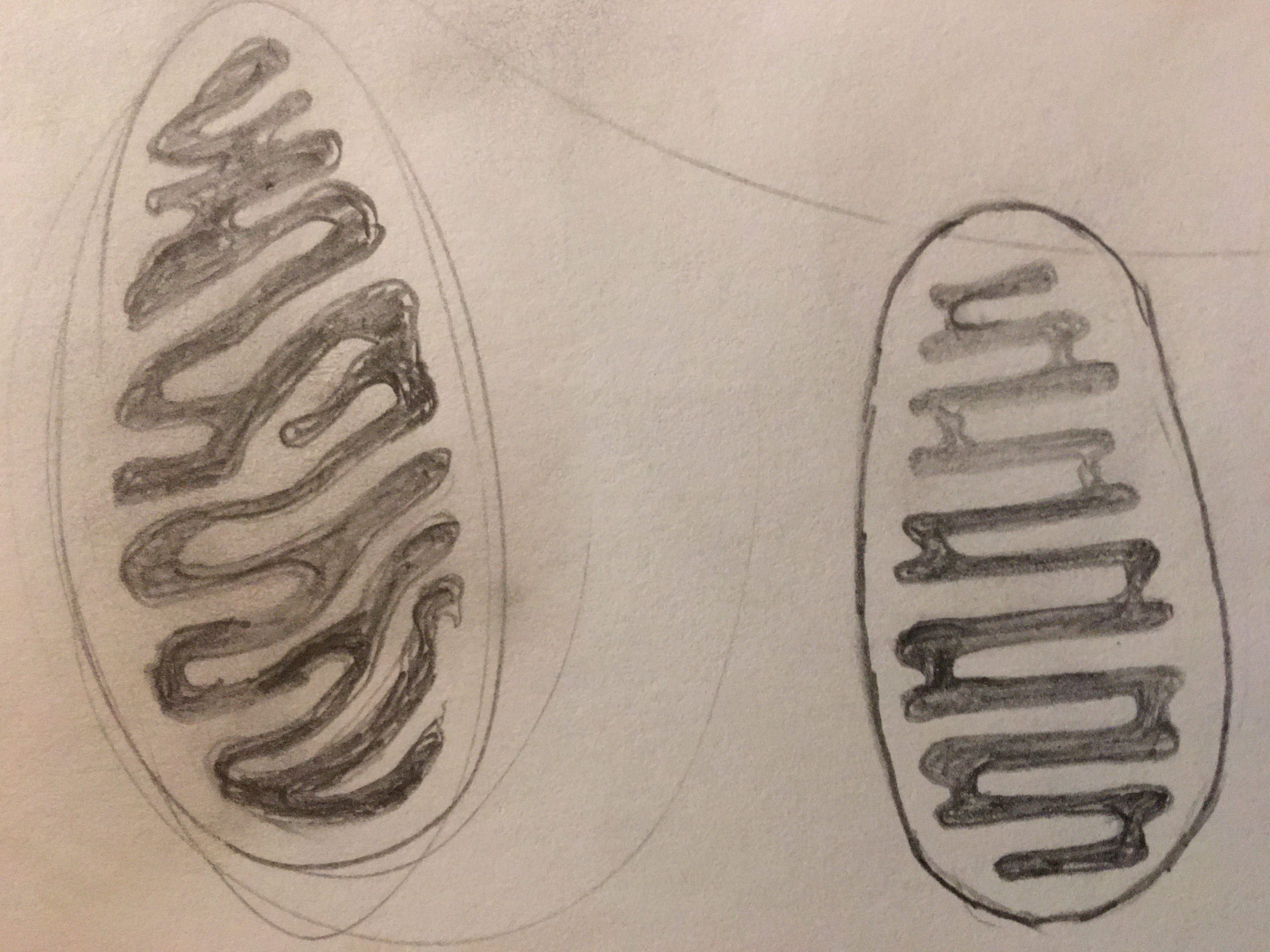
The regularity of the image on the right led me to the idea of using the inner folds of cristae as an opportunity for descriptive text.
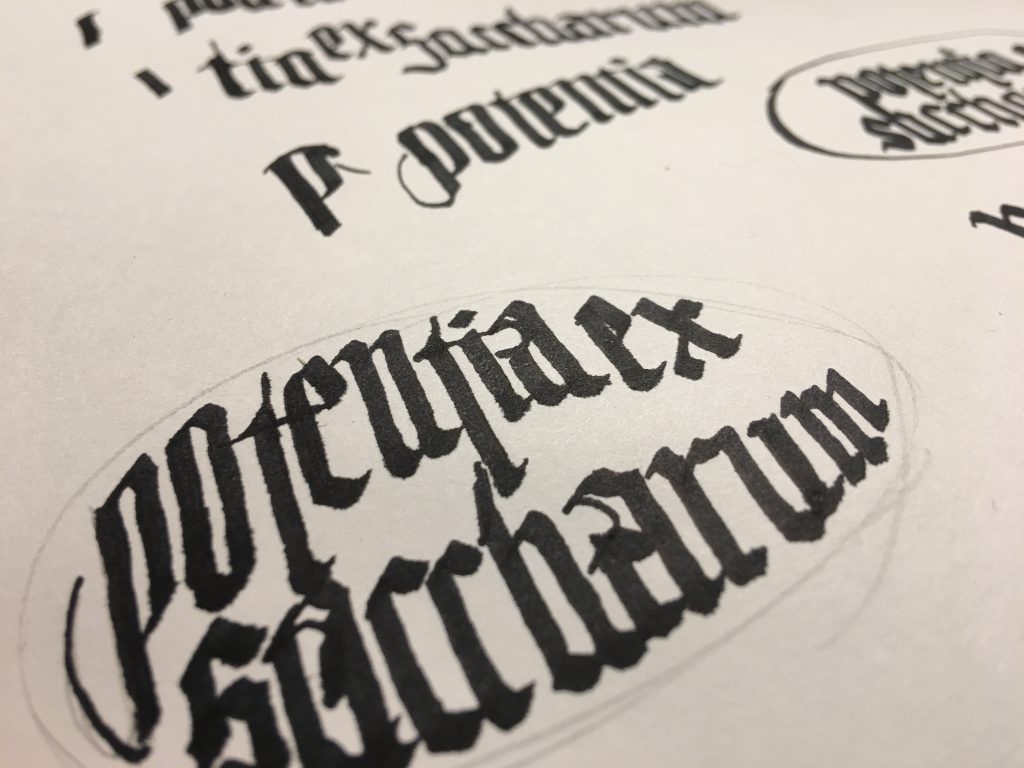
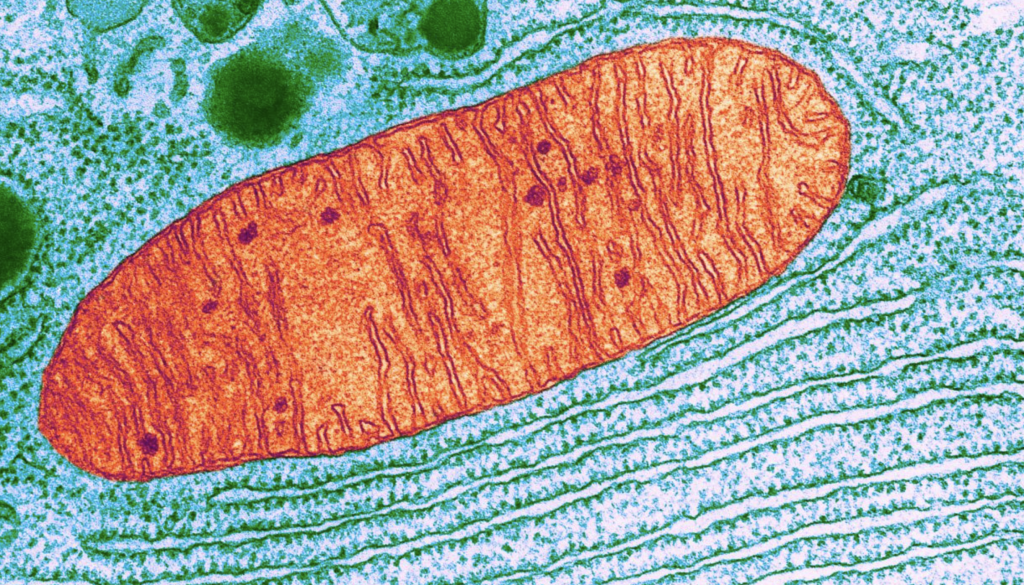
Not sure where all this will take me, but Wednesdays are my science day, so it was an effective investigation that also satisfied my creative itch. It felt great to paint again. I think it’s been years.
